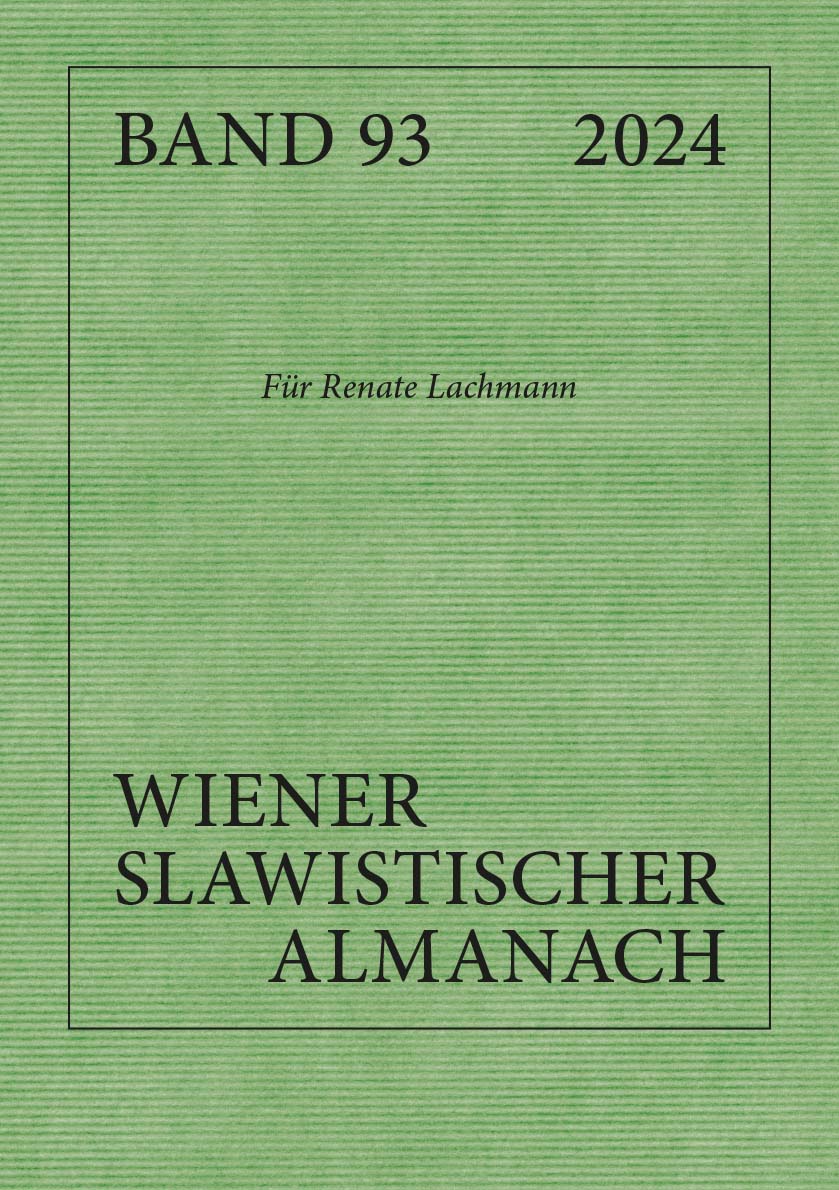Grenze des Überschreitens, Überschreitung der Grenze. Der Vampir als Kippfigur im Roman „Strah i njegov sluga“ von Mirjana Novaković
Published February 4, 2025
Keywords
- vampire,
- Serbian literature,
- Mirjana Novaković,
- travelling concepts
Abstract
The “vampire” is probably the only word which found its way from Serbo-Croatian into other European languages. The translation of the word did not happen only linguistically. It was followed by numerous cultural and literary handlings that, paradoxically, found their way back into South-Slavic literatures and cultures. The figure of vampire became their solid part from the 19th century onwards. After a short historic overview, I concentrate upon its newest appearance, in Mirjana Novaković’s postmodern novel Fear and his Servant. Novaković borrows a story about Serbian vampires published in an Austrian newspaper at the beginning of the eighteenth century, adapts it, and builds a network of associations that are apt to make a close connection between the crisis concerning Habsburg-Ottoman wars at the end of the seventeenth – beginning of the eighteenth century and the contemporary crisis in Serbia at the beginning of the twenty-first century. Novaković aims at the political situation, but translates it into a story of the past, using the figure of vampire as a metaphor for instability of power and its propensity for violence. In this sense, the novel is an unambiguous (pessimistic) projection onto the future.
How to Cite
Copyright (c) 2025 Davor Beganović (Autor/in)

This work is licensed under a Creative Commons Attribution 4.0 International License.

